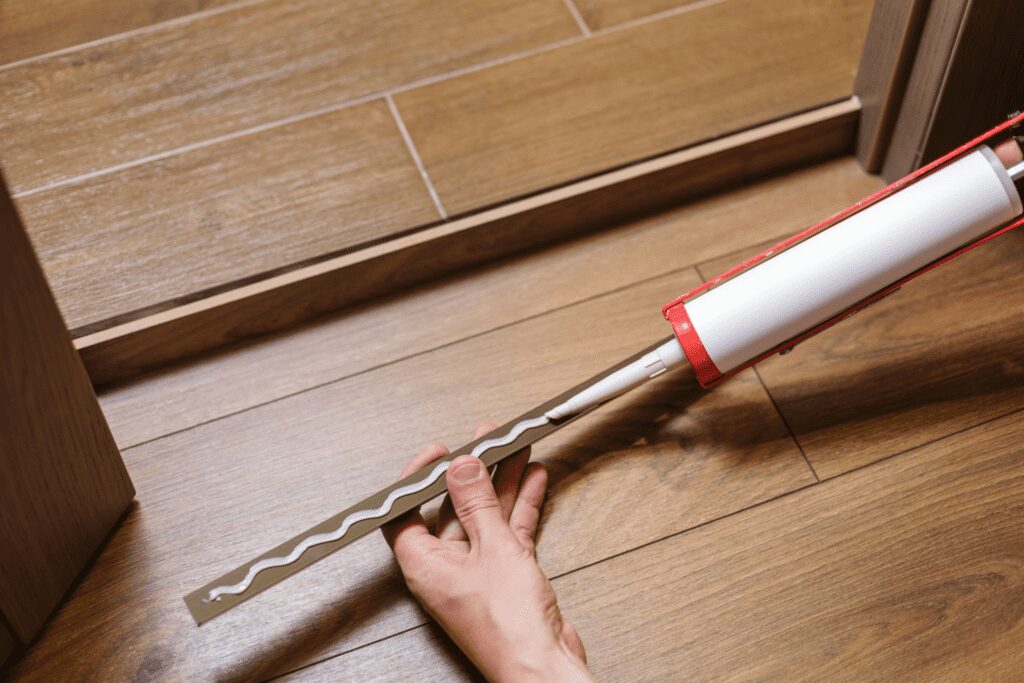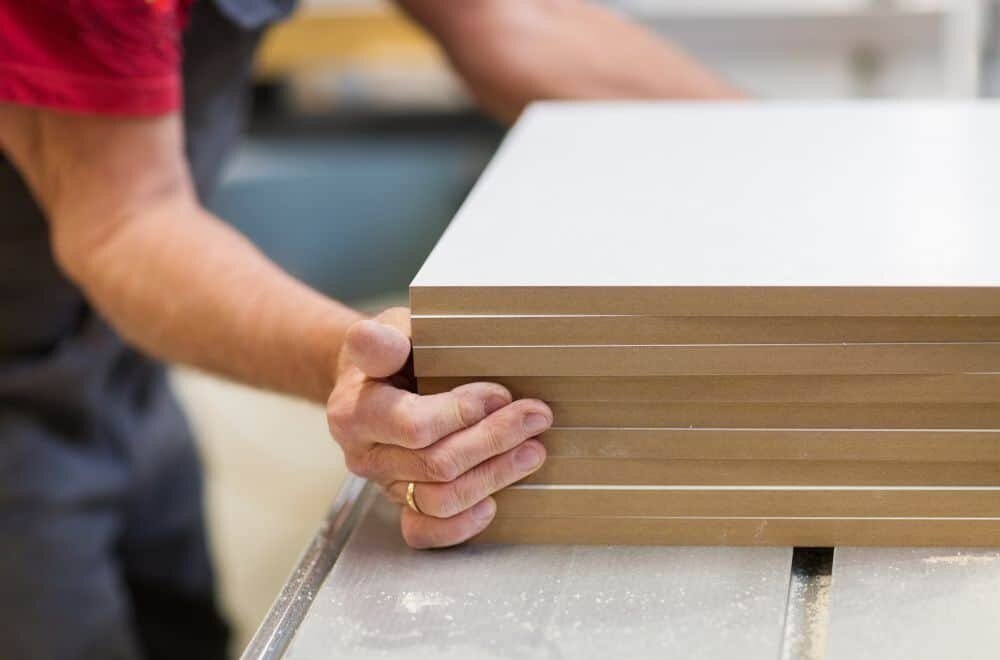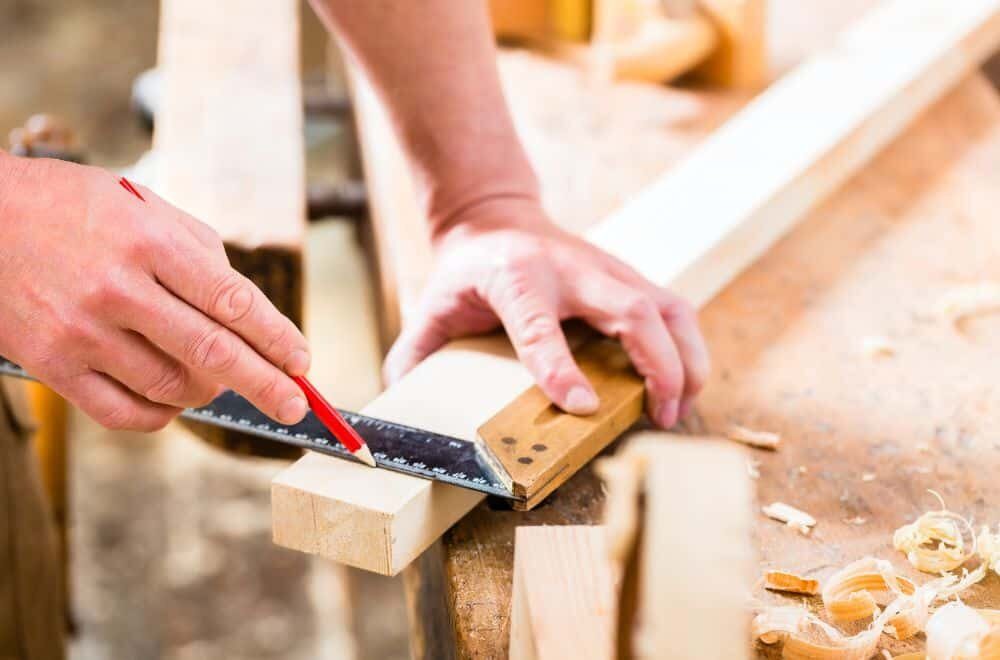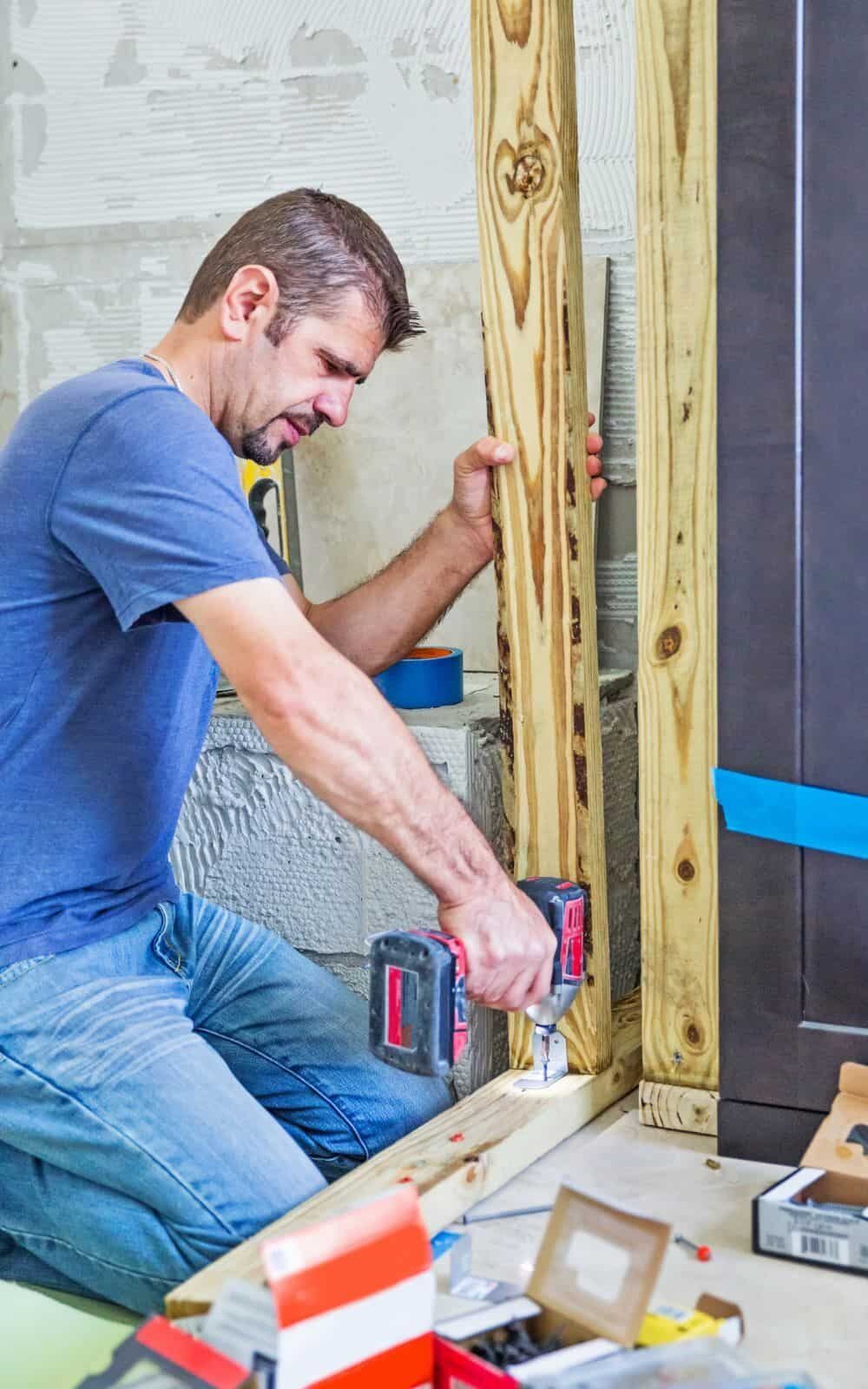Are you looking to add a personal touch to your home decor? Wooden letters are a great way to do just that. Whether you want to spell out your family name or create a custom message, making your own wooden letters is a fun and rewarding project. In this article, we’ll walk you through the steps to make your own wooden letters.
The first step in making wooden letters is to choose the wood you want to use. You can use a variety of woods, but it’s important to choose one that is easy to work with and will hold up over time. We recommend using high-quality plywood, such as Baltic Birch, as it is durable and has a smooth surface that is easy to paint or stain.
Once you have your wood selected, the next step is to create a template for your letters. You can either draw your letters by hand or use a computer program to create a template. Then, transfer the template onto your wood and cut out your letters using a scroll saw or jigsaw. Sand the edges of your letters to smooth them out, and you’re ready to paint or stain them to match your decor.
Understanding the Basics of Woodworking
Woodworking is a fun and rewarding hobby that allows you to create beautiful and functional objects from wood. Whether you’re a beginner or an experienced woodworker, it’s important to understand the basics before starting any project. In this section, we’ll cover the types of wood, woodworking tools, and safety measures you need to know.
Types of Wood
Choosing the right type of wood is crucial for any woodworking project. Here are some common types of wood used in woodworking:
| Type of Wood | Characteristics |
|---|---|
| Pine | Softwood, easy to work with, affordable |
| Oak | Hardwood, durable, expensive |
| Maple | Hardwood, fine grain, good for carving |
| Birch | Hardwood, pale color, good for painting |
Woodworking Tools
Having the right tools is essential for any woodworking project. Here are some basic tools you’ll need:
- Saw: Used for cutting wood to size.
- Hammer: Used for driving nails and other fasteners.
- Drill: Used for making holes in wood.
- Chisel: Used for carving and shaping wood.
- Sandpaper: Used for smoothing rough surfaces.
There are many other tools you can use for woodworking, but these are the most essential.
Safety Measures
Working with wood can be dangerous if you’re not careful. Here are some safety measures you should always follow:
- Wear protective gear: Safety glasses, earplugs, and a dust mask are essential.
- Keep your workspace clean: This will help prevent accidents and make it easier to work.
- Use tools properly: Follow the manufacturer’s instructions for each tool you use.
- Never rush: Take your time and work carefully to avoid mistakes.
By following these basic safety measures, you can enjoy woodworking without putting yourself or others at risk.
Designing Your Letters
When it comes to making wooden letters, the design process is crucial. Before you start cutting, you need to have a clear idea of what your letters will look like. Here are some important factors to consider when designing your letters:
Choosing a Font
The font you choose will have a big impact on the overall look and feel of your wooden letters. There are countless fonts to choose from, so take some time to explore your options and find one that fits the style you’re going for.
Some popular font choices for wooden letters include:
- Serif fonts like Times New Roman or Georgia
- Sans-serif fonts like Helvetica or Arial
- Script fonts like Brush Script or Pacifico
Remember, the font you choose should be legible and easy to read from a distance. If you’re not sure which font to choose, try printing out a few different options and seeing how they look when scaled to the size you want.
Size and Proportions
The size and proportions of your letters will also play a big role in the final product. Consider where you’ll be displaying your wooden letters and how much space you have to work with.
Here are some things to keep in mind when deciding on the size and proportions of your letters:
- The height of your letters should be at least 1/4 inch for every foot of viewing distance.
- The width of your letters should be between 1/3 and 1/2 of their height.
- The spacing between your letters should be roughly equal to the width of the letters themselves.
Drafting the Design
Once you’ve chosen a font and decided on the size and proportions of your letters, it’s time to draft the design. This can be done using a computer program like Adobe Illustrator or by hand using pencil and paper.
Here are some tips for drafting your design:
- Use a ruler to ensure your lines are straight and your proportions are accurate.
- Draw your letters at the size you want them to be displayed.
- Experiment with different layouts and arrangements to find the one that looks best.
By taking the time to carefully design your wooden letters, you’ll end up with a finished product that looks polished and professional.
Cutting the Letters
Cutting the wooden letters is the most important part of this DIY project. You want to make sure that you cut them accurately and smoothly. Here are the steps you need to follow to cut the letters:
Setting up the Work Area
Before you start cutting, you need to set up your work area. You will need a flat surface to work on, a jigsaw, and a clamp to hold the wood in place. Make sure that the area is well-lit and free from distractions.
Using a Jigsaw
Using a jigsaw is the easiest way to cut wooden letters. Here are the steps:
- Print out the letter template and trace it onto the wood with a pencil.
- Clamp the wood to the work surface.
- Put on your safety glasses and turn on the jigsaw.
- Slowly and carefully cut along the pencil lines.
- If you are cutting out the center of a letter, drill a hole in the center first, and then insert the blade of the jigsaw.
Sanding and Smoothing
After you have cut out the letters, you need to sand and smooth them. Here are the steps:
- Use a sandpaper block to sand the edges of the letters.
- Sand the front and back of the letters to remove any rough spots.
- Use a fine-grit sandpaper to smooth the letters.
- Wipe the letters clean with a damp cloth.
Cutting wooden letters may seem like a daunting task, but with the right tools and techniques, it can be a fun and rewarding DIY project.
Finishing Touches
Now that you have made your wooden letters, it’s time to add the finishing touches to make them stand out. Here are a few tips on how to apply paint and seal the wood.
Applying Paint
Painting your wooden letters is a great way to add color and personality to your project. Here are some steps to follow when applying paint:
- Sand the surface of the wood to make it smooth and remove any rough spots.
- Apply a primer to the wood to help the paint adhere better.
- Once the primer has dried, apply your desired paint color using a brush or spray paint.
- Apply a second coat of paint if necessary.
- Let the paint dry completely before moving on to the next step.
Sealing the Wood
Sealing the wood is an important step to protect your wooden letters from damage and wear-and-tear. Here are some steps to follow when sealing the wood:
- Sand the surface of the wood to make it smooth and remove any rough spots.
- Apply a wood sealer to the surface of the wood using a brush or spray.
- Let the sealer dry completely before applying a second coat.
- Apply a second coat of sealer if necessary.
- Let the sealer dry completely before using your wooden letters.
By following these simple steps, you can make your wooden letters look professional and polished. Whether you’re using them for a home decor project or a special event, these finishing touches will make your project stand out.
Mounting and Displaying the Letters
Choosing the Right Location
Before mounting your wooden letters, you need to choose the right location. Consider the following factors:
-
Visibility: Choose a location where the letters will be easily visible.
-
Lighting: Make sure the area is well-lit to highlight the letters.
-
Wall color: Choose a wall color that contrasts well with the color of the letters.
-
Room decor: Consider the overall decor of the room and choose a location that complements it.
Methods of Mounting
There are several methods you can use to mount your wooden letters. Here are some of the most popular methods:
-
Adhesives: You can use adhesives like double-sided tape or mounting putty to attach the letters to the wall. This method is easy and does not require any tools, but it may not be suitable for heavy letters.
-
Screws: If your letters are heavy, you can use screws to attach them to the wall. Make sure to use the appropriate screws and drill pilot holes to avoid damaging the letters.
-
Picture hangers: You can attach picture hangers to the back of the letters and hang them from nails or hooks on the wall. This method is suitable for medium-weight letters.
-
Command strips: Command strips are a popular alternative to screws and picture hangers. They are easy to use and do not damage the wall. However, they may not be suitable for heavy letters.
When mounting your letters, make sure to measure and mark the position of each letter before attaching it to the wall. Use a level to ensure that the letters are straight and evenly spaced.
With these tips, you can easily mount and display your wooden letters in any room of your home.








